There was some good news about human rights around the world this week.
SOMALIA has become the 195th state party to ratify the Convention on the Rights of the Child (CRC). A ceremony was held to mark the ratification at a local school in the Somali capital of Mogadishu. In agreeing to be bound by the treaty, the government of Somalia is obligating itself to take steps to improve the lives of its youngest citizens. The CRC is the most widely ratified human rights treaty in existence. Once Somalia’s ratification is officially deposited with the UN, the United States and South Sudan will be the only countries in the world that have not yet ratified the CRC. (The US has signed but not ratified the CRC and South Sudan – the world’s newest country, established in 2011 – has taken no action on the CRC yet. If you are wondering why the US hasn’t ratified the CRC, you can read more here.)
In SAUDI ARABIA, the public flogging of blogger Raif Badawi has been postponed for a second consecutive week. As I previously reported, Raif Badawi, founder of Free Saudi Liberals blog, was brought to a public square in Jeddahon on January 9 and flogged 50 times before hundreds of spectators – the first of 20 weeks of punishment with 50 lashes. Protests and vigils have been held in public places and outside Saudi embassies across the world, keeping up the momentum after a medical committee said last week that he should not undergo a second round of 50 lashes on health grounds. There is widespread belief that the postponements are not based solely on medical assessments, but also reflect increasing pressure on the Saudi government from the international community.
In GUATEMALA, a former police chief has been sentenced to 40 years in prison for his role in the 1980 deadly raid on the Spanish embassy in Guatemala City. A group of indigenous rights activists had occupied the embassy to draw attention to government repression during Guatemala’s civil war. (According to United Nations estimates, almost a quarter of a million people, mostly indigenous and rural, were killed or forcibly disappeared during the 36-year-long conflict.) Thirty-seven people burned to death in a fire triggered by the police when they stormed the embassy; Vicente Menchu, the father of indigenous rights activist and Noble Peace Prize winner Rigoberta Menchu, was one of those killed in the fire. Pedro Garcia Arredondo was found guilty this week of ordering officers to keep anyone from leaving the building as it burned. Indigenous rights activists and relatives of the victims, who have been waiting more than 3 decades for justice, celebrated a sentencing.
U.N. peacekeepers in the CENTRAL AFRICAN REPUBLIC have arrested Rodrigue Ngaibona, (known as Andilo), a senior leader of the anti-balaka militia, wanted for crimes including murder, rebellion, rape and looting. In 2013, the mostly Muslim Seleka rebels seized power in the majority Christian CAR. Their brief rule spawned a backlash from the Christian and animist anti-balaka militia. The U.N. has documented that the anti-balaka used ethnic cleansing in their attacks on the Muslim minority, and reported that “Andilo is currently the most enigmatic, feared and powerful military commander of the anti-balaka.” Andilo could potentially be tried at the International Criminal Court in The Hague, which is investigating the violence in Central African Republic.
One piece of negative human rights news that has not received much mainstream media attention: BAHRAIN sentenced Nabeel Rajab, one of the highest-profile democracy campaigners in the Arab world, to six months in jail on Tuesday over remarks critical of the government. The founder of the Bahrain Center for Human Rights, Rajab took a leading role in Shi’ite-led demonstrations in Bahrain in 2011 that demanded reforms in the Sunni-ruled Gulf Arab Kingdom.
I noted a couple of items of good news on LGBT rights this week:
- In CHILE, the House of Representatives on Tuesday approved a bill that would allow same-sex couples to enter into civil unions. The bill passed by a wide margin with 86-23 vote with two abstentions. The Chilean Senate last October advanced the measure, known by the Spanish acronym AVP that roughly translates into “life partner agreement” in English. –President Michelle Bachelet has said she will sign the civil unions bill into law.
- In the UNITED STATES, President Obama made history by using the terms “lesbian”, “transgender” and “bisexual” for the first time in a State of the Union address. President Obama was the second US president to use the word “gay” (somewhat generically) in the 2010 State of the Union address; President Clinton was the first.
Finally, I read an inspiring story this week about teens in BANGLADESH called “Golden Girls” who are volunteering their time to ensure that Bangladeshi women have access to maternal health care. Bangladesh has been working to reduce maternal mortality by training government female health workers as highly skilled birth attendants, but only 27 percent of pregnant women have access to these birth attendants. To fill the gap, the Community Health Foundation, a nonprofit based in Dhaka, educates nearly 300 girls in grades 9 to 12 about pregnancy and childbirth and then links them to pregnant women in their community through the government birth attendants.
The Golden Girl Project volunteers help increase awareness among pregnant women and facilitate access to skilled birth attendants, bringing down maternal mortality risks. Their efforts are proving critical in a country where 7,000 women die of pregnancy-related causes every year. For example, when a woman in her village went into labor in the middle of the night her panicked family turned to 14-year-old Khatun, a grade 10 student who lived nearby and was able to arrange for the community’s skilled birth attendant to come in time, saving the lives of the mother and newborn. In addition to their training in reproductive and sexual health, the Golden Girls themselves also commit to completing high school and campaigning to end early marriage and delaying motherhood. Volunteers’ parents consent to the training and affirm their daughters will not be married before graduation. This contributes to reducing dropouts as well as early marriage. You can read more about the Golden Girls here.
I’ll close with a powerful advertisement from AUSTRALIA called “The Invisible Discriminator” which reminds us that subtle or ‘casual’ racism can be just as harmful as more overt forms. #StopThinkRespect encourages everyone in Australia to check their behaviour.

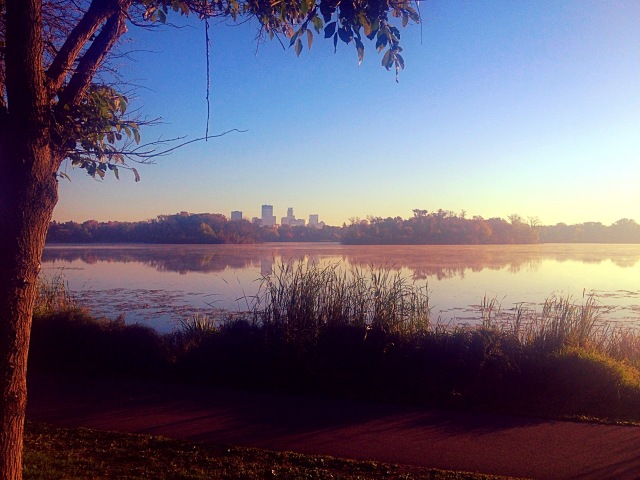
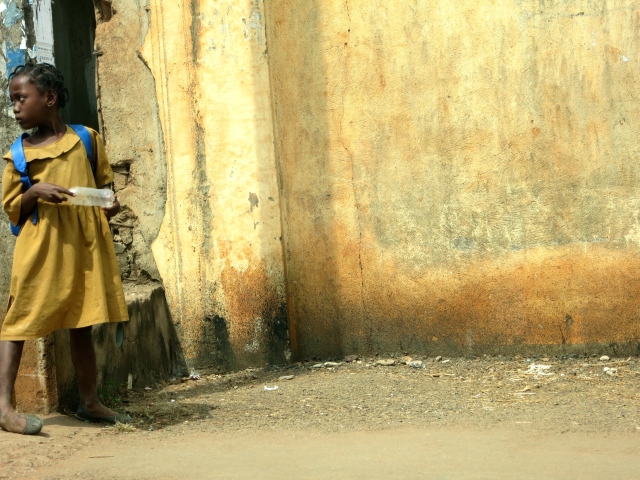


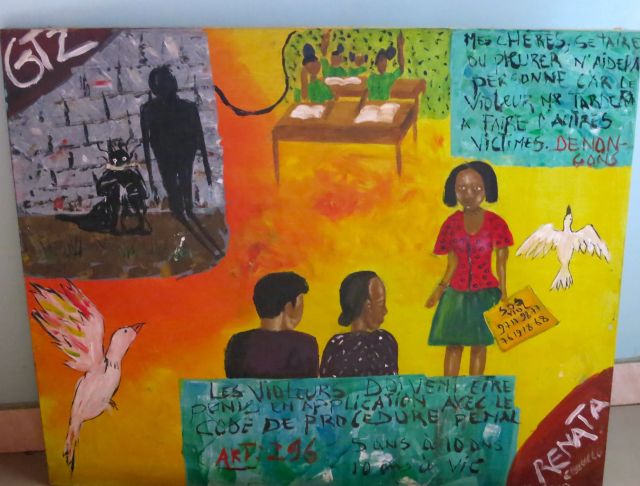

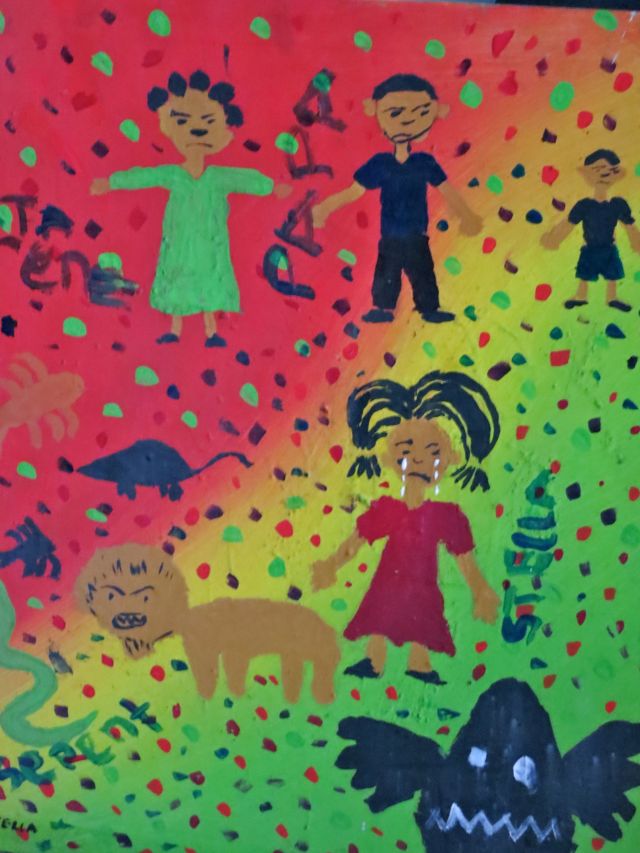
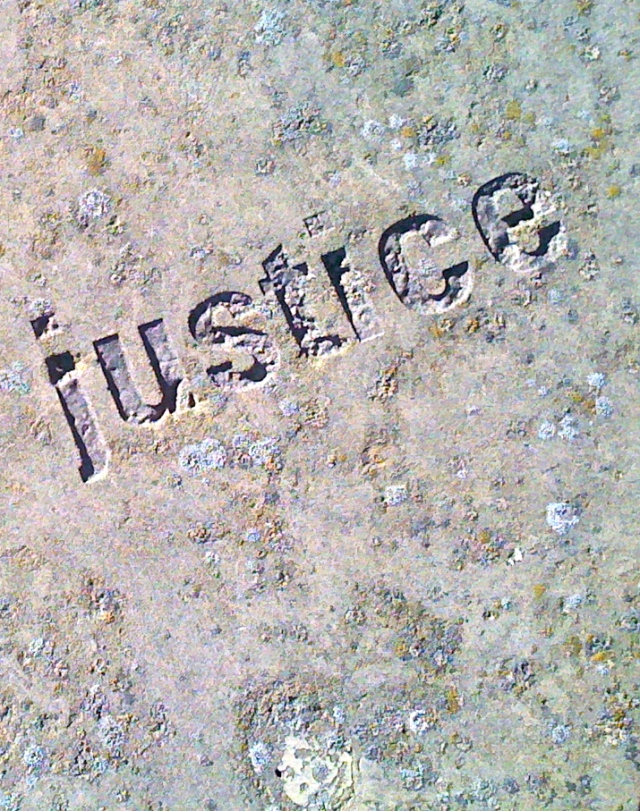


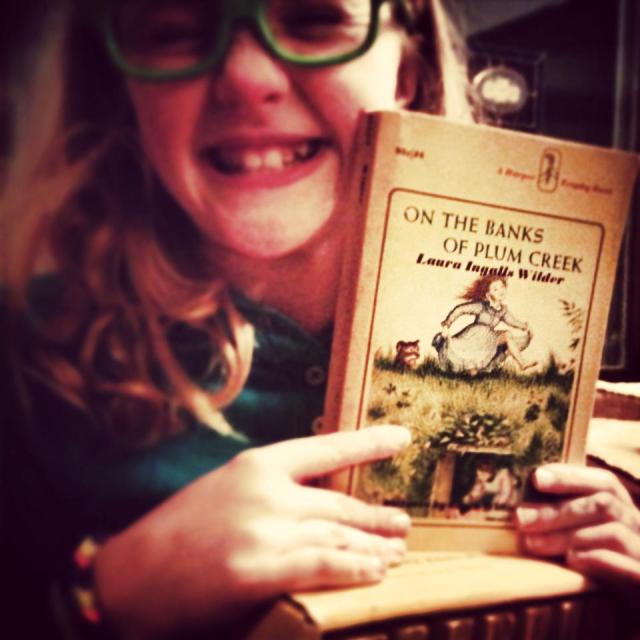




You must be logged in to post a comment.